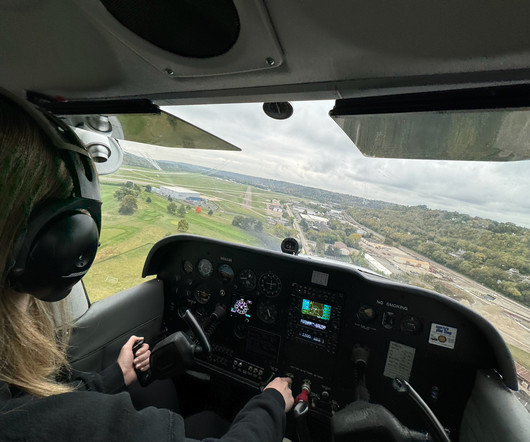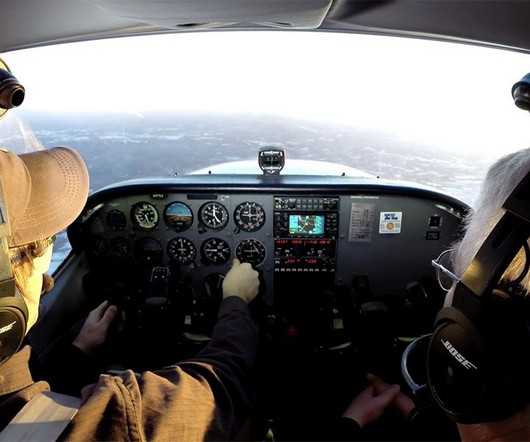Types of Aircraft Maneuvers Every Student Pilot Should Learn
Pilot's Life Blog
JUNE 18, 2025
From basic turns to emergency descents, every maneuver shapes how a student reacts under pressure and handles real-world flying. Climbs and Descents: Knowing how to manage pitch and power to gain or lose altitude smoothly is critical. Proper climbs and descents help maintain safe altitude margins and optimize fuel efficiency.














Let's personalize your content